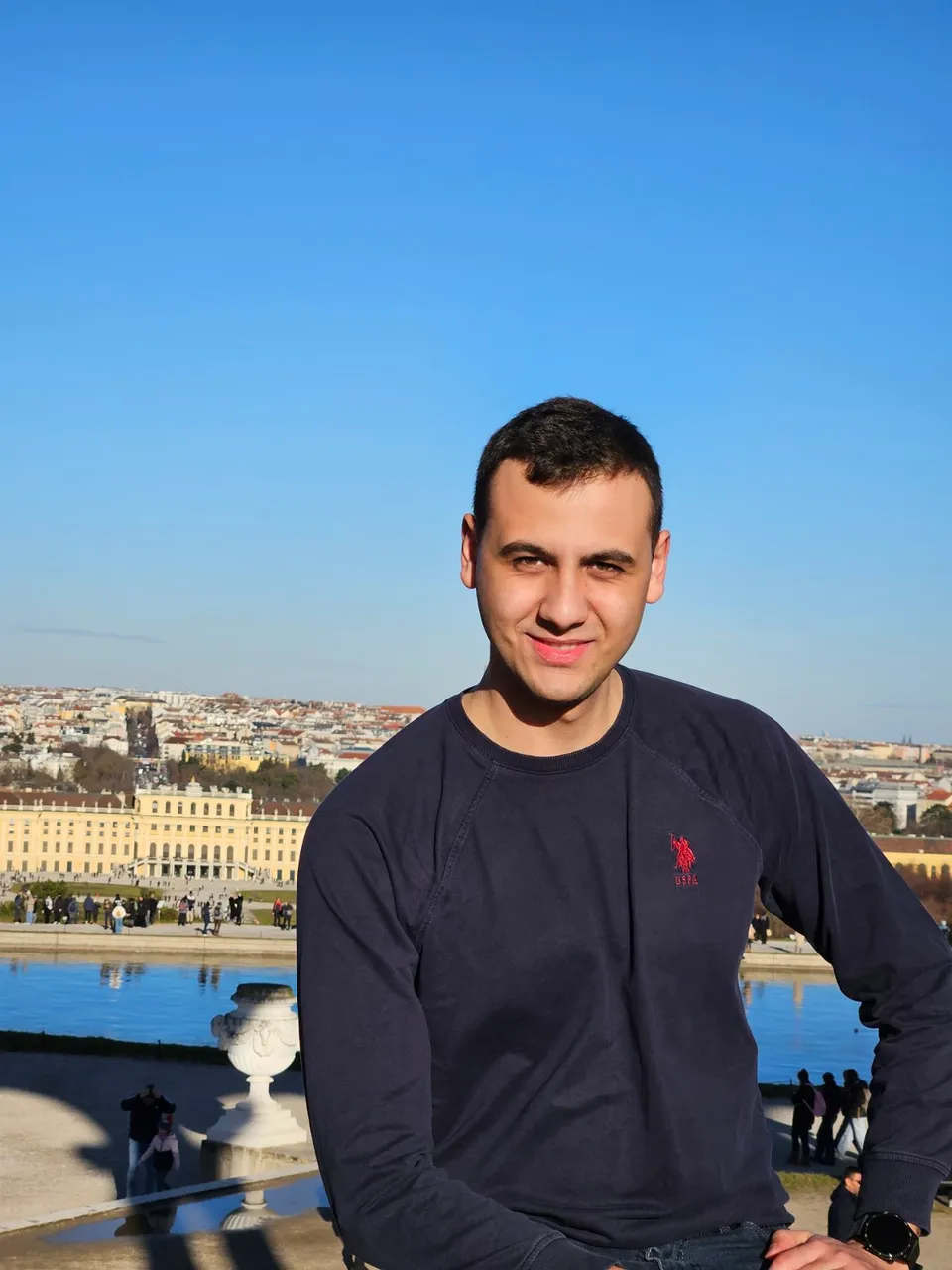In the southwestern part of Vienna, surrounded by monumental gardens and the fresh air of past centuries, rises Schönbrunn Castle - a symbol of imperial Austria and one of the most significant examples of Baroque architecture in Europe. This residence of the Habsburg dynasty for more than three centuries testifies to the strength, wealth and vision of one of the most influential European monarchies.
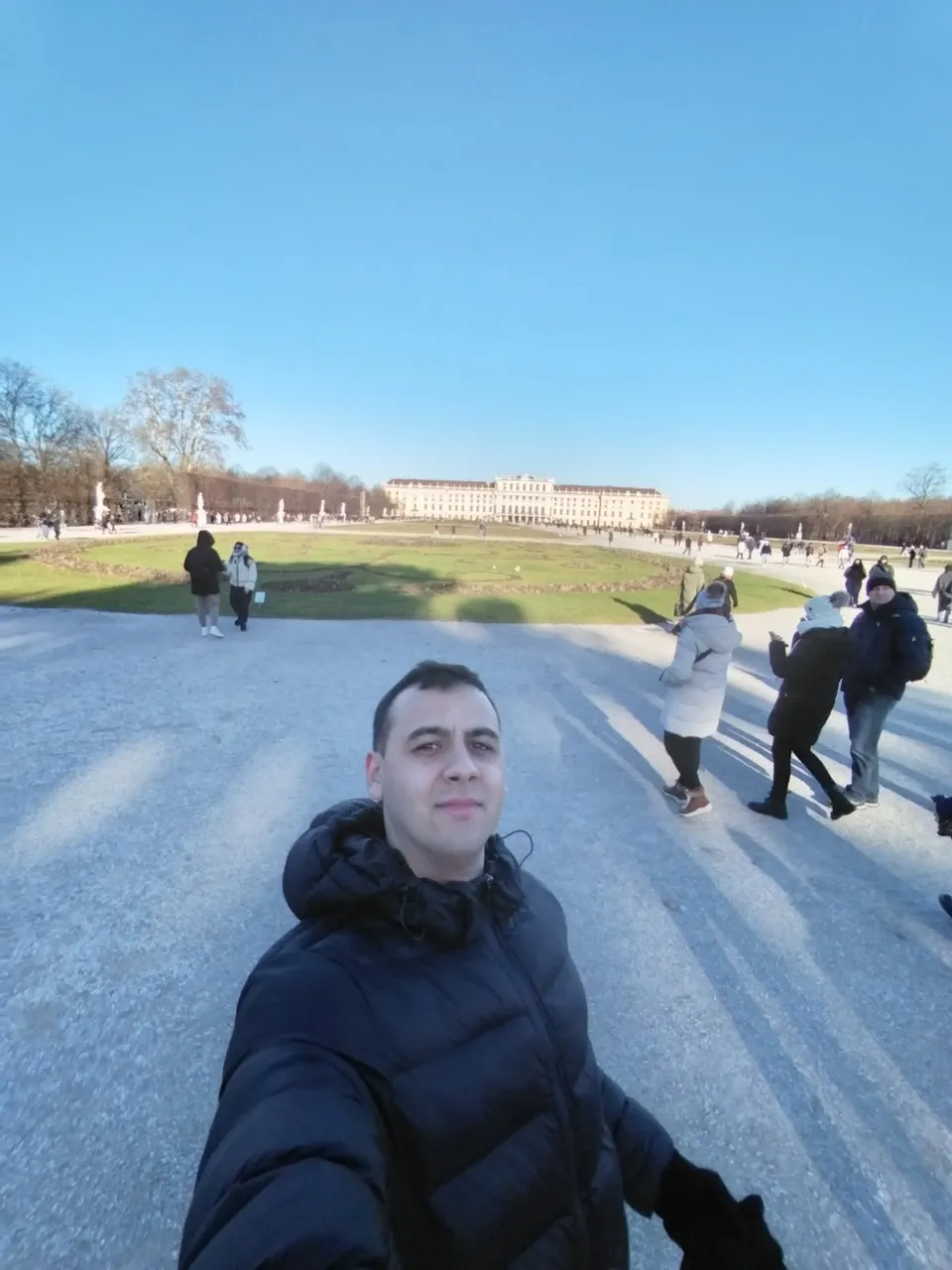
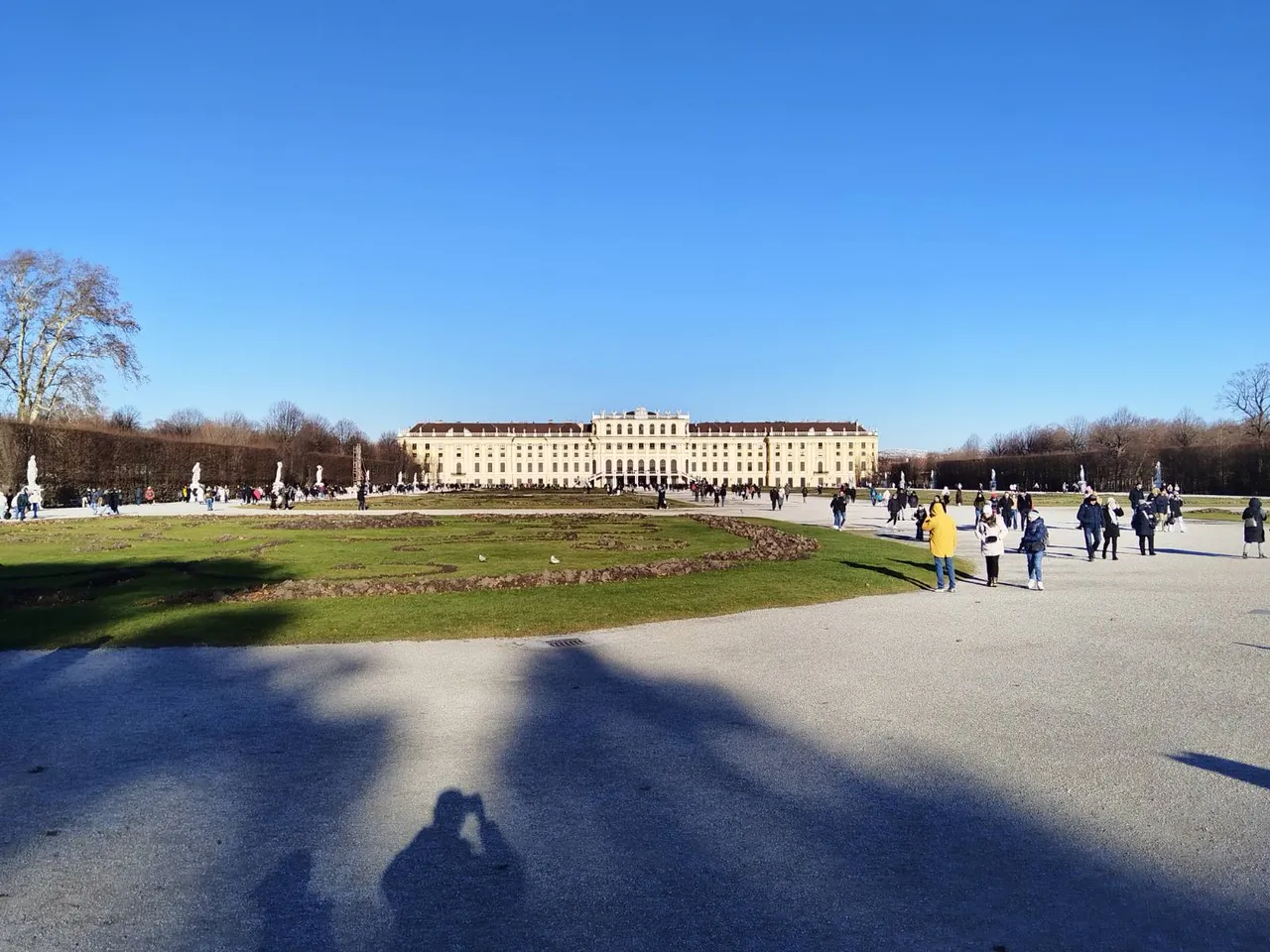
The name "Schönbrunn", which translates as "beautiful spring", originates from the 17th century when Emperor Matthias, while hunting, discovered a natural spring of water in that place. On the foundations of the hunting castle that existed at the time, Empress Eleonora Gonzaga began the construction of a larger residence, but it was only under Empress Maria Theresa that the castle took on the shape we know today. The works were intensified during the 18th century, when Schönbrunn turned into a real symbolic center of Habsburg power, the home of political decisions, diplomatic meetings and imperial parties.


The castle itself has over 1,400 rooms, of which about 40 are open to the public. Among them stand out the Golden Hall for audiences, Napoleon's room where the French ruler slept during his campaigns, and the famous Grand Gallery where balls and state receptions were held. The walls are lined with gilded ornaments, crystal chandeliers and rich fabrics, while the ceilings are decorated with frescoes that bear witness to the glorious days of Imperial Vienna.
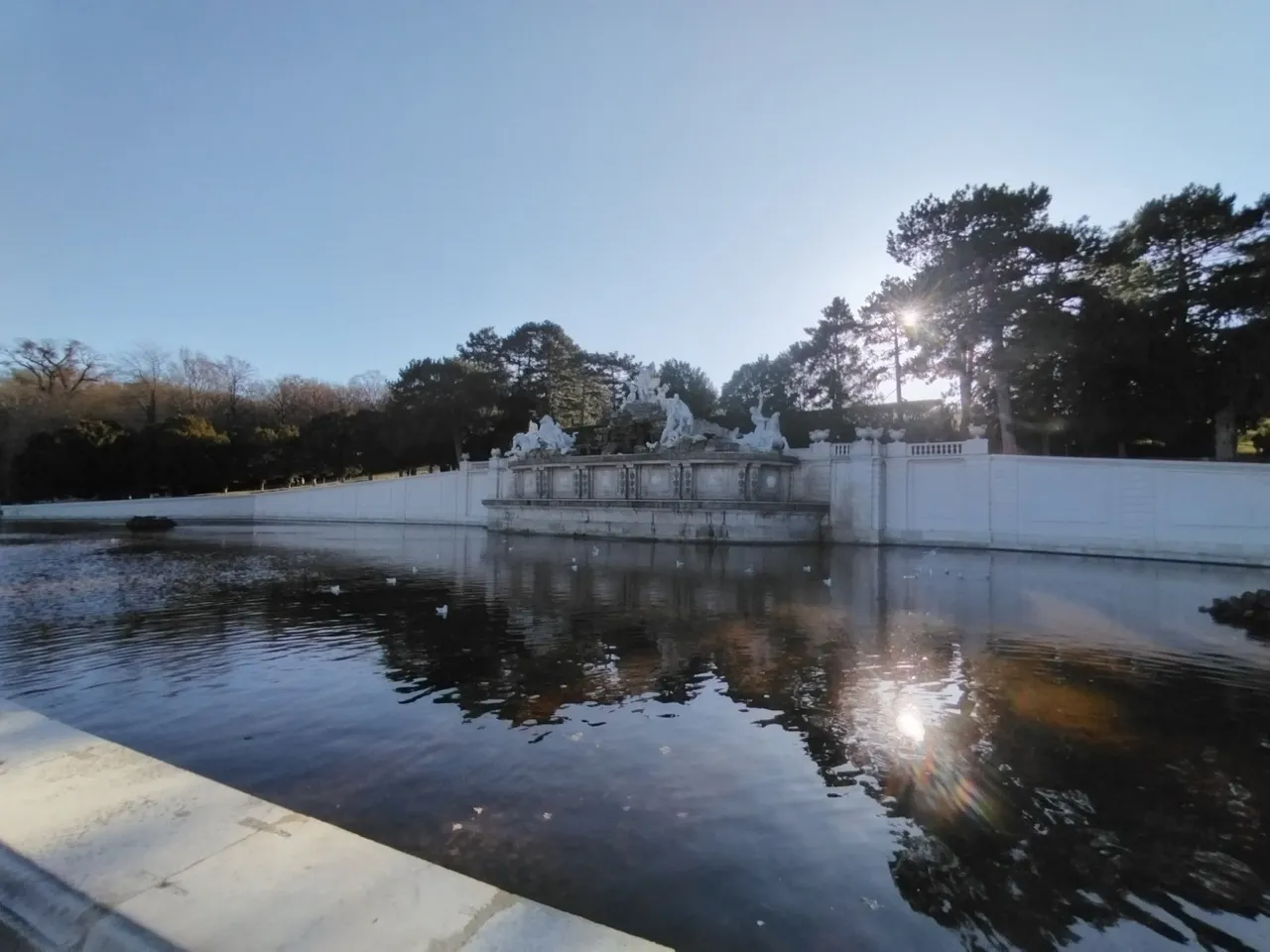

But what makes Schönbrunn a complete work of art is not only the architecture – but also the gardens that surround it. The gardens of the castle spread over 160 hectares and were carefully modeled after the French baroque parks of the time of Louis XIV. The central axis leads from the castle itself to the Glorieta - a monumental building on a hill, which served as a lookout point and a symbol of victory. From its terrace, there is a panoramic view of the whole of Vienna - a view enjoyed by emperors, dukes and diplomats for centuries.
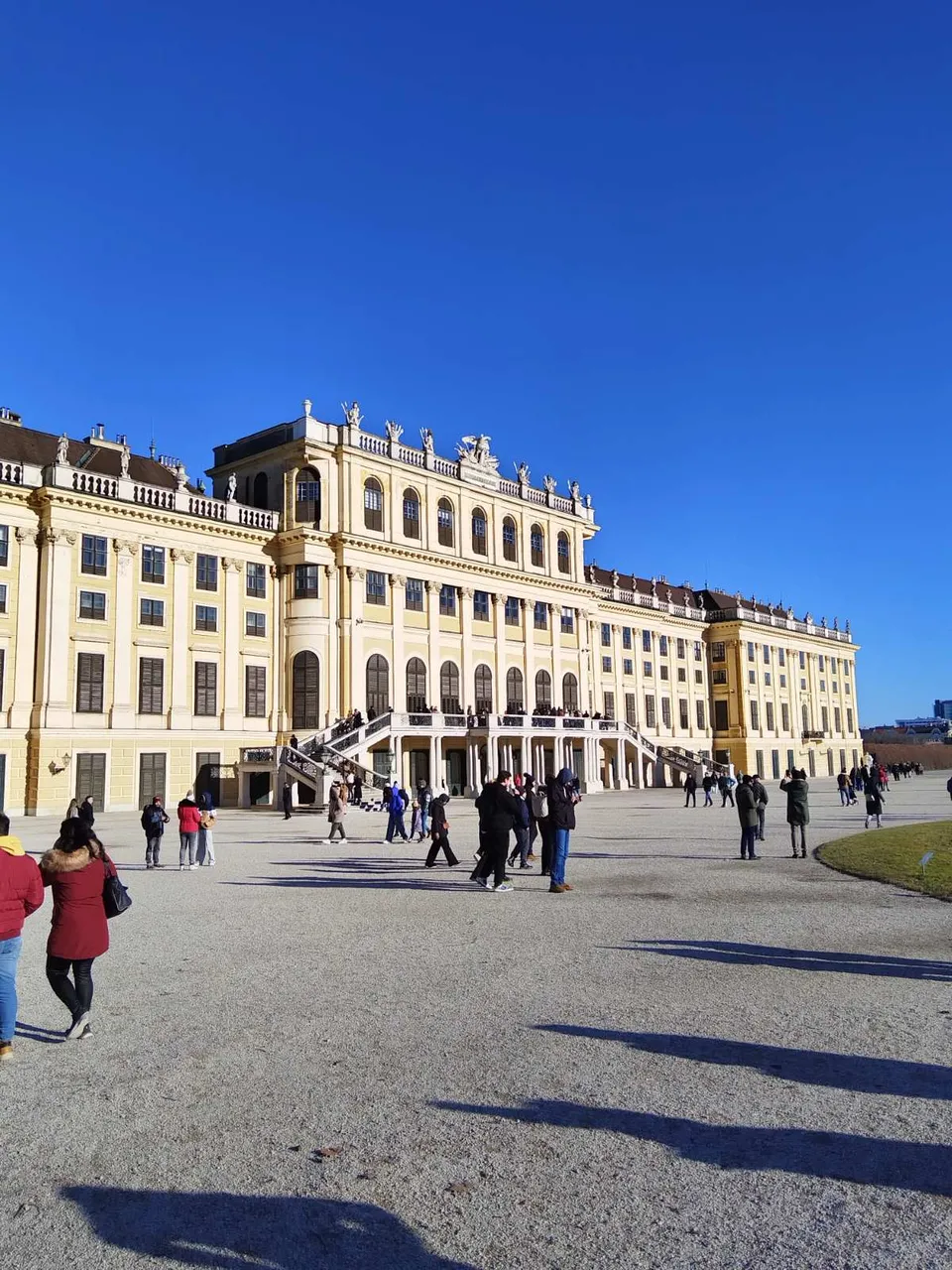
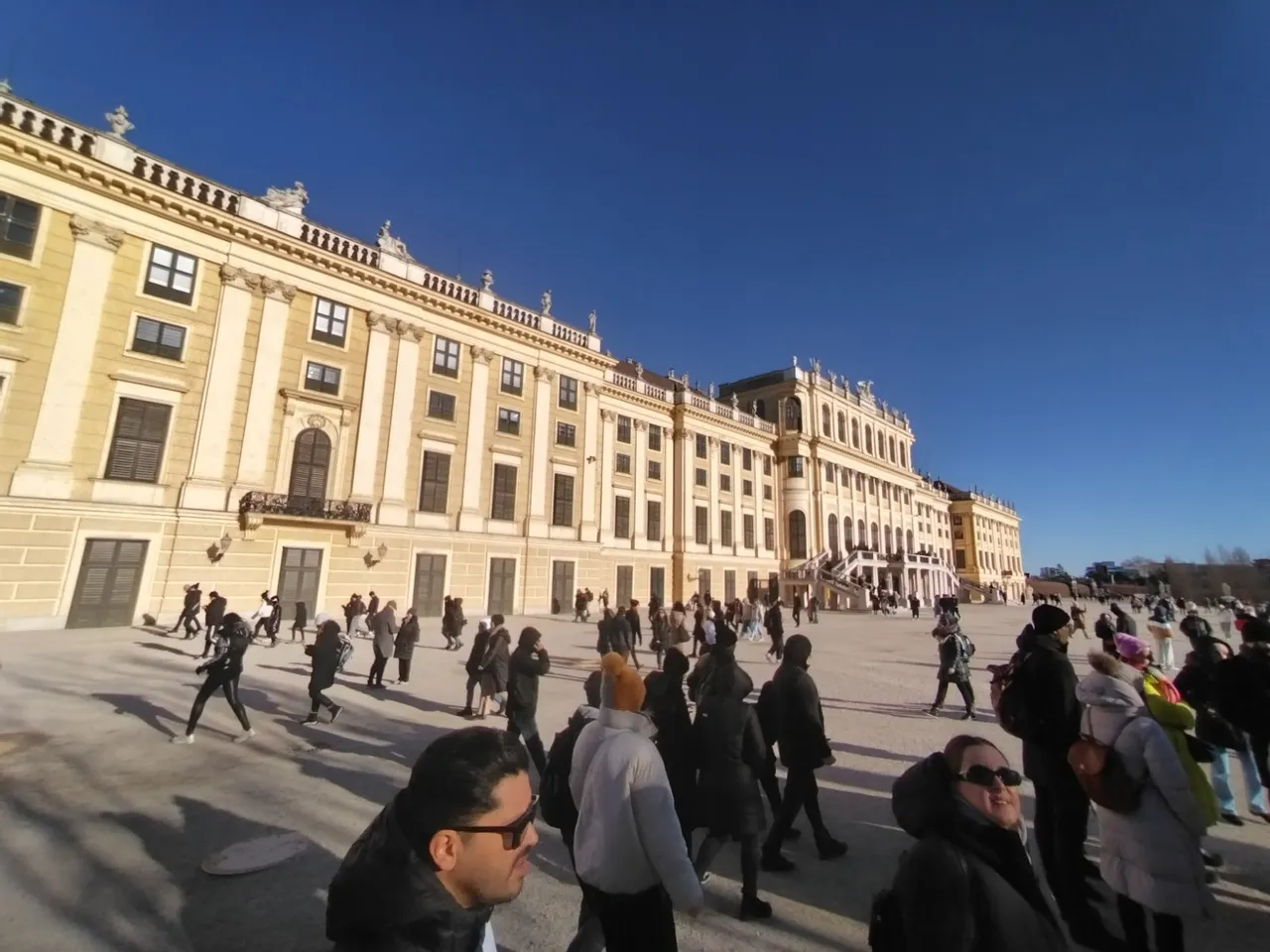
Within the gardens is the Palmenhaus - a huge glass structure filled with tropical and subtropical plants, as well as the Labyrinth, which provides visitors with fun and challenge, just as it was for imperial children in the 18th century. There is also the Tiergarten zoo, the oldest zoo in the world, founded in 1752, which is still functioning today.
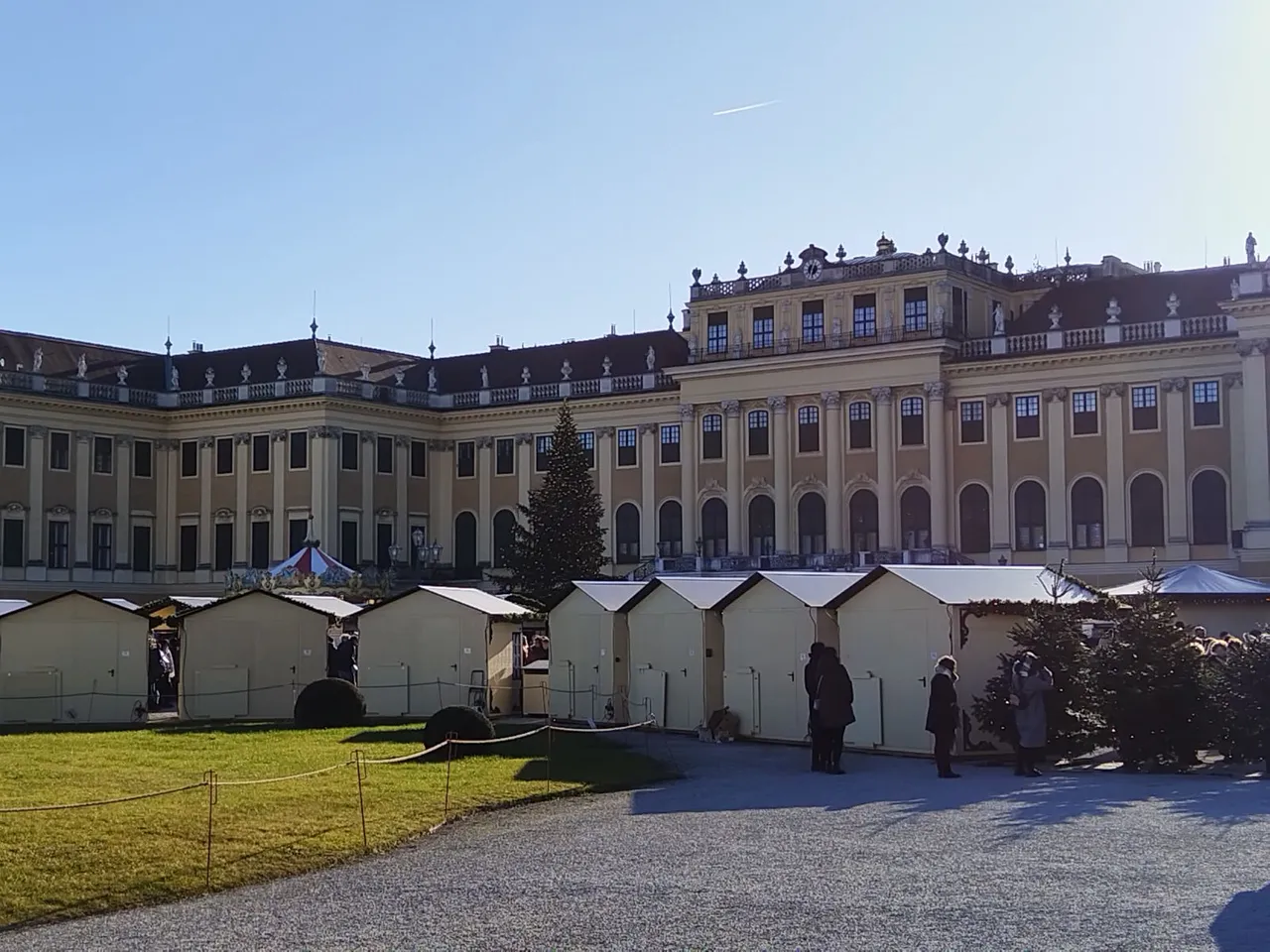

Throughout history, Schönbrunn has also been a place of political upheaval. Decisions were made in his chambers that changed the course of European history, from the Habsburg reforms to the Napoleonic negotiations. The last emperor, Charles I, left Schönbrunn in 1918, ending the era of the monarchy.

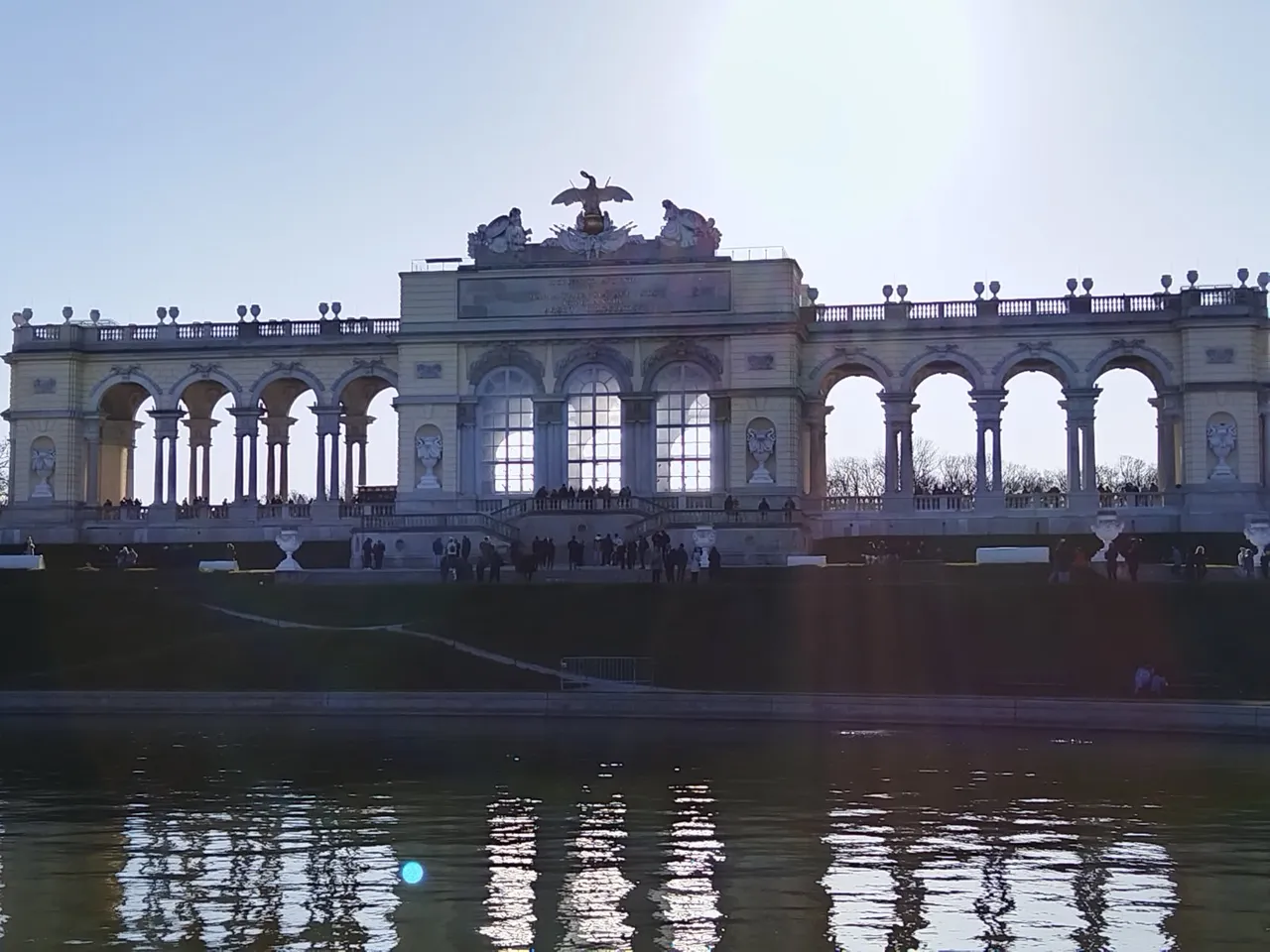
Today, Schönbrunn Castle and Gardens are under the protection of UNESCO and are visited annually by more than three million people. Every corridor, every path, every fountain and every flower in the garden bears traces of the era in which Vienna was the heart of an empire.
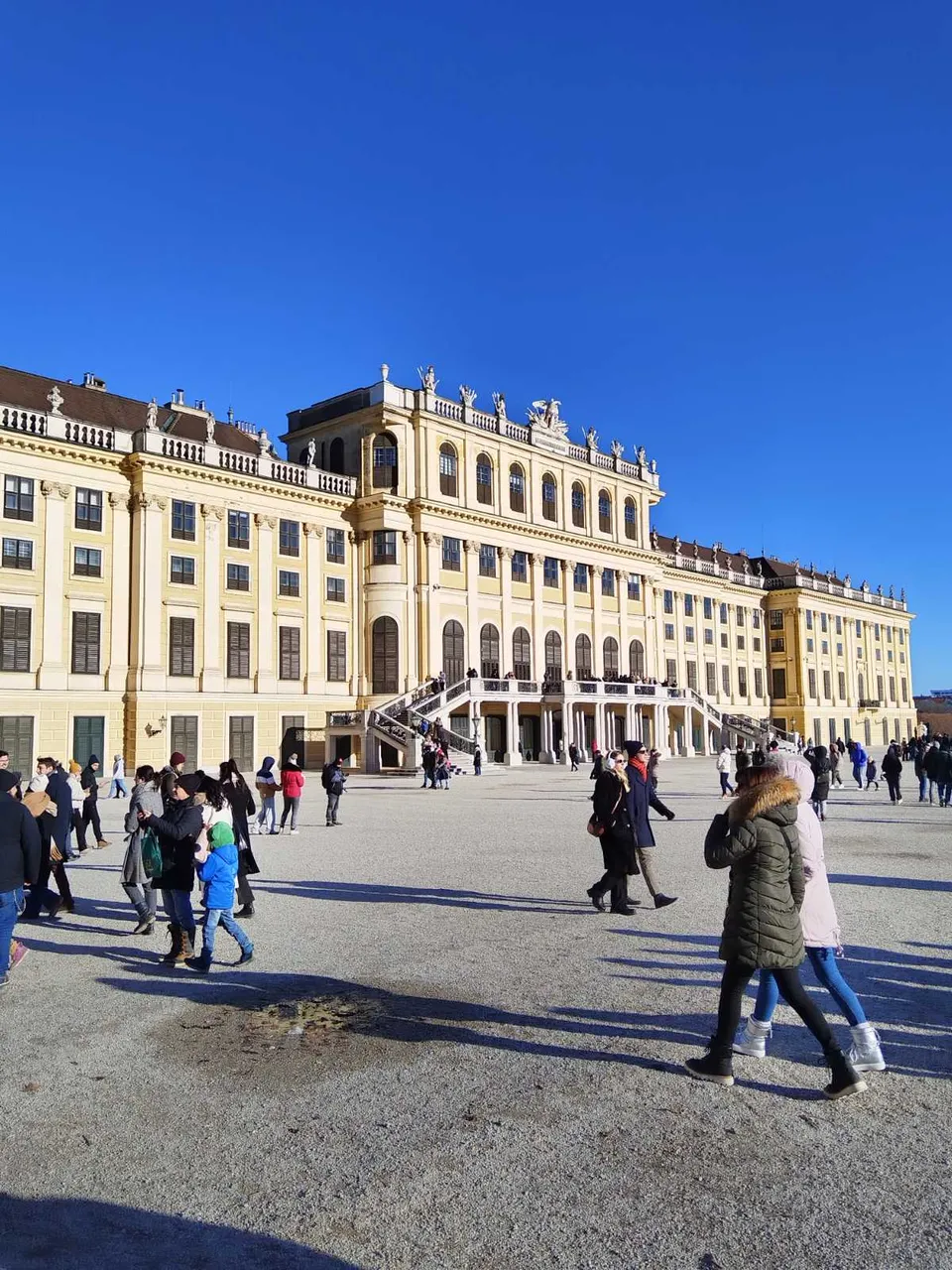
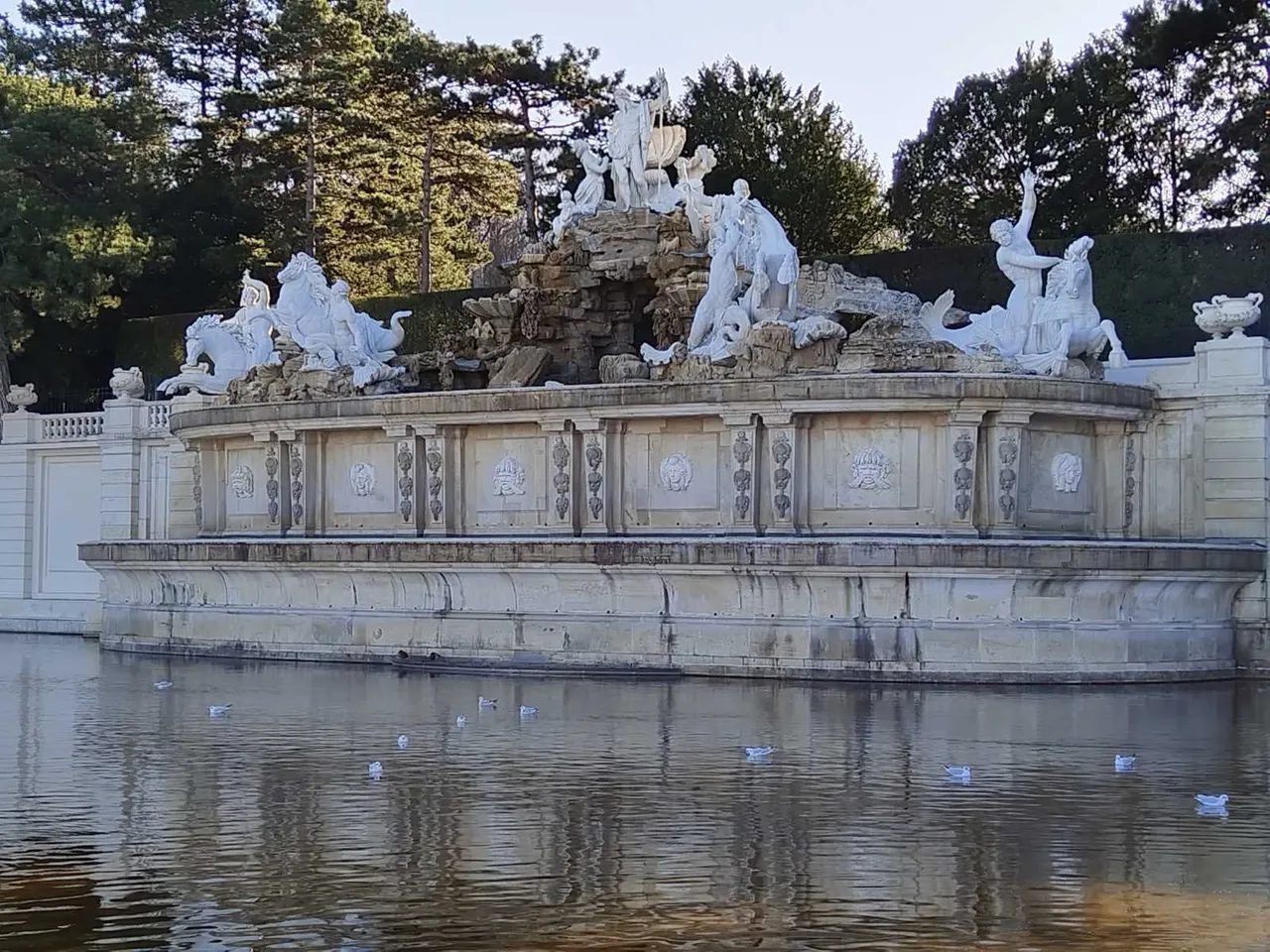
If you are a lover of history, art, nature and the quiet whispers of great dynasties, Schönbrunn is not just a castle - it is time that still breathes among the stones, among the trees and under the golden vault of the past.
